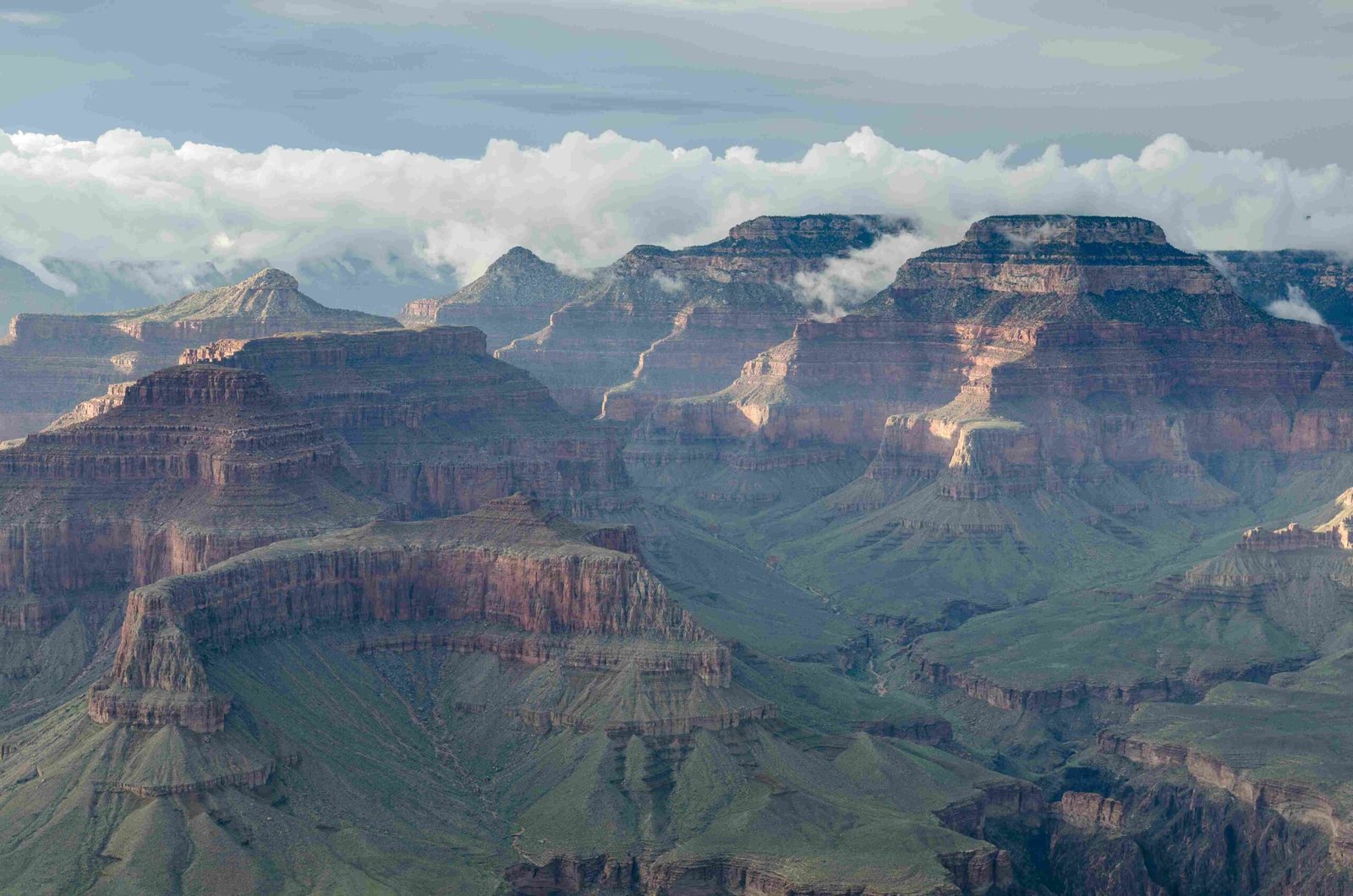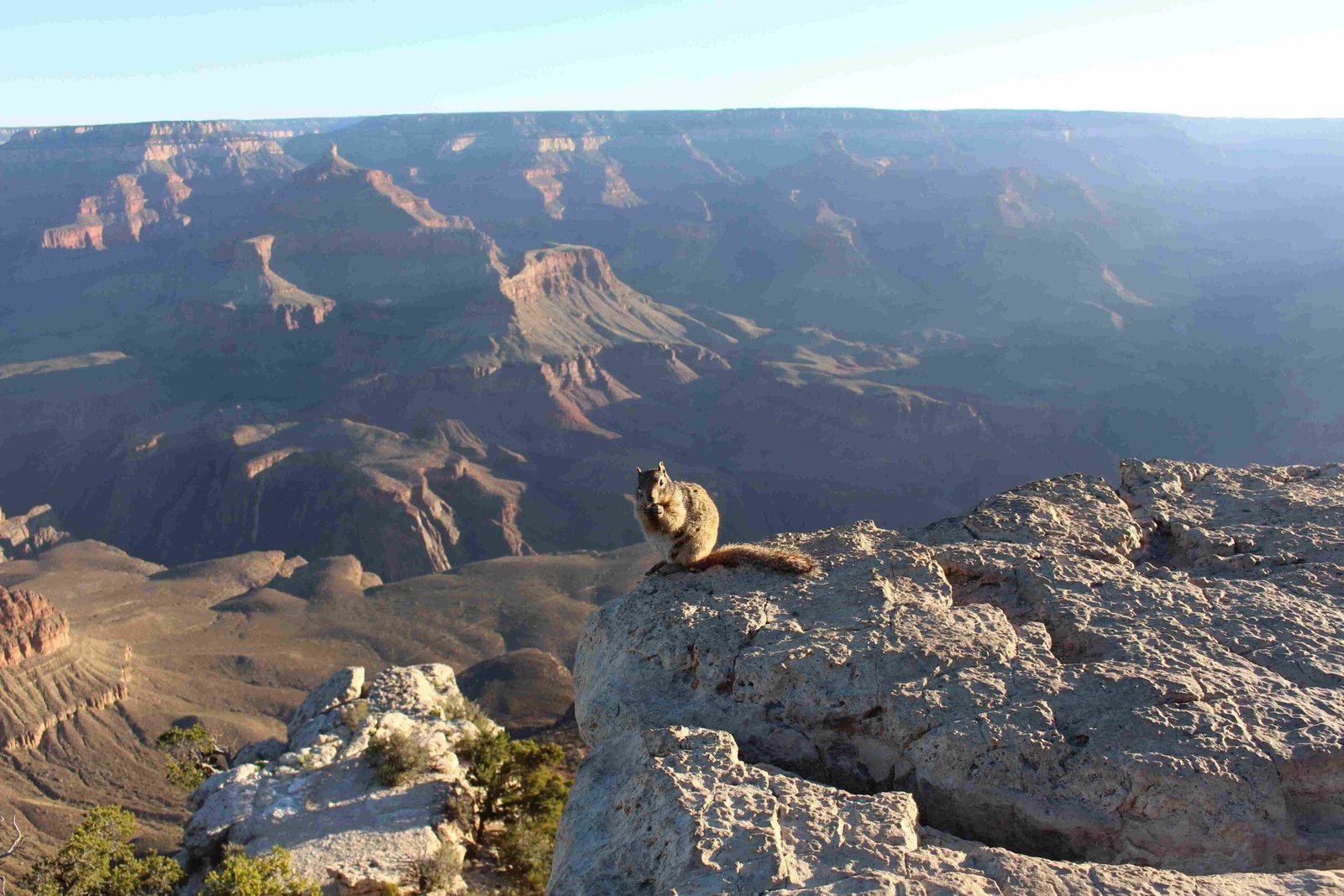The Grand Canyon’s extreme desert environment challenges wildlife with intense heat, limited water, and rugged terrain. Animals here have evolved extraordinary adaptations that enable survival through specialized physiological traits, behavioral strategies, and unique mechanisms for camouflage, temperature regulation, and resource conservation. These remarkable survival techniques demonstrate nature’s incredible resilience in one of North America’s most demanding ecosystems.
How Do Grand Canyon Animals Survive Extreme Conditions?

Camouflage Strategies for Survival
Grand Canyon animals have developed intricate camouflage techniques that help them blend seamlessly into their rocky, arid environment. These adaptations serve multiple purposes:
Color and Texture Matching
- Rattlesnakes: Possess pinkish-brown coloration matching canyon rock surfaces
- Chuckwalla Lizards: Develop mottled skin patterns mirroring rocky terrain
- Bighorn Sheep: Maintain brown-gray coats indistinguishable from canyon walls
| Animal | Camouflage Technique | Effectiveness |
|---|---|---|
| Rattlesnake | Color Blending | High |
| Chuckwalla | Texture Matching | Medium-High |
| Bighorn Sheep | Terrain Mimicry | High |
Water Conservation Methods
Physiological Adaptations
- Specialized Kidney Functions
- Concentrate urine to minimize water loss
- Reduce metabolic water requirements
-
Enable survival in water-scarce environments
-
Metabolic Efficiency
- Minimize perspiration
- Reduce respiratory water loss
- Optimize internal water storage mechanisms
Temperature Regulation Approaches
Behavioral Strategies
- Nocturnal Activity Patterns
- Avoid extreme daytime temperatures
- Reduce energy expenditure
-
Minimize water loss through reduced movement
-
Microhabitat Utilization
- Seek rock crevices and shaded areas
- Use underground burrows
- Create thermal refuges during peak heat
Unique Survival Mechanisms
Metabolic and Physiological Innovations
- Reduced Metabolic Rates: Slow down bodily processes during extreme conditions
- Enhanced Thermoregulation: Quickly adapt to temperature fluctuations
- Efficient Energy Utilization: Maximize nutritional intake from limited resources
Predation and Defense Adaptations
Protective Strategies
- Cryptic coloration
- Rapid movement capabilities
- Defensive posturing
- Venom and chemical deterrents
Reproductive Adaptations
Survival Reproduction Techniques
- Synchronized breeding cycles
- Rapid offspring development
- Efficient resource allocation
- Minimized reproductive energy expenditure
Conclusion

Grand Canyon animals demonstrate extraordinary evolutionary adaptations that enable survival in one of North America’s most challenging environments. Their complex strategies of camouflage, water conservation, and physiological resilience showcase nature’s remarkable capacity for adaptation.

